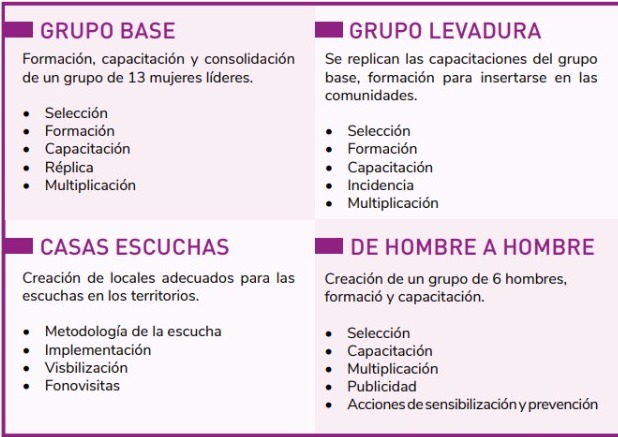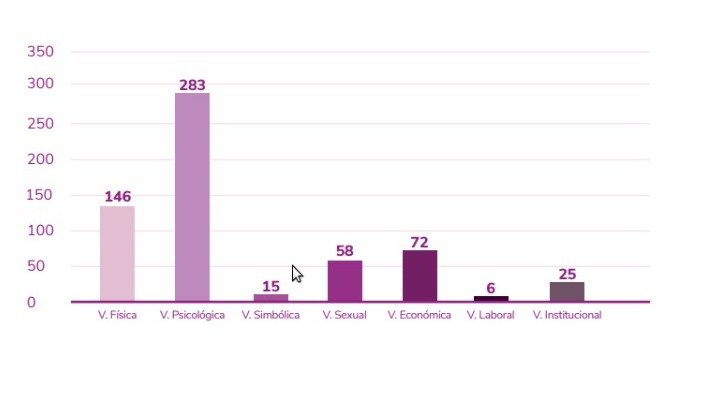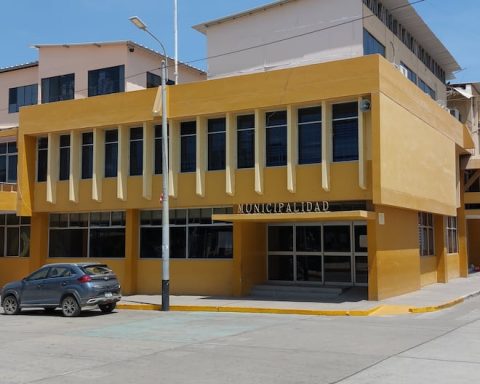CDMX, Mexico. – The home is the most dangerous space for Cuban women, according to the Casa Escucha report, prepared by the religious NGO Ministry of Women to Women and Men to Men (MAM).
The report, to which he had access CubaNetcollects the results of research on gender violence in Cuba carried out from 2019 to 2022. And, although it is not statistically representative, it includes 435 cases from eight provinces of the country.
The study reveals that 77.3% of those surveyed suffered domestic or family violence inside their homes or in the homes of some of their relatives. The women listened to declared that they had received physical, psychological, economic and institutional abuse. 95.6% of them were victims of psychological attacks and 49.3% of physical attacks.
However, a high percentage of the victims did not resort to government institutions to denounce the acts of violence, which shows the lack of faith in these organizations. The women who came to make the complaints reported that, in general, the authorities dismissed their testimonies and sent them to solve the problems of domestic violence at home. Most of those affected were mothers with one or more children.
This situation is worrying, because gender violence is occurring mainly in married couples or couples with children, with all the consequences that this has for the physical and emotional health of children.
MAM is a religious organization that works to empower women and sees the church as a safe space where they can be accompanied and trained. This organization worked with Civil Rights Defenders to develop the project in Cuba.
The highest concentration of women heard corresponds to the western region of the Island (283). This is due to the fact that in Havana the project has a greater number of venues and promoters to hold meetings with the participants.
In addition, the report adds that in the capital it has been perceived that the reporting culture is more advanced than in other parts of the country, which is why victims are more willing to participate and tell their experiences, especially those between 40 and 70 years. On the other hand, it cannot be ignored that this is the territory with the highest population density.
What does the data tell us?
The study, focused on meeting the needs of Cuban victims of gender violence, began operating in 2019 with a research-listening and participatory action methodology. That is, activists and promoters work through groups. In these, both physical meetings and calls are coordinated to accompany the women and offer them help.

In general, the most recurrent violence, in addition to domestic violence, was of a political nature and in health institutions. Most of those listened to indicated having suffered psychological, physical and economic violence (in that order).

Although in 2019, its first year, the study focused on domestic violence, in 2020 it was extended to other areas.
“Hospitals became a focus of attacks against 16% of the women with whom the Mujer a Mujer organization worked. The attacks were linked to the pandemic and mechanisms of state repression against activists and human rights defenders on the Island. In addition, during 2020 there were cases of violence against women and girls under 20 years of age.”
The project also highlights that 2021 was the most violent year for Cuban women, according to the data collected.
“During this period, the street became an epicenter of violence due to the social outbreak and massive protests in various parts of the country. 13.6% of the women who gave their testimony for the report were attacked in public spaces or in a government building, a category that had not appeared until then”.
The age range of the most violent women in these spaces is from 20 to 40 years.
Meanwhile, 2022 was the most complex year to operate the study.
The report reveals that state persecution against churches and threats against religious leaders increased. These constituted a pillar for the project.
From the beginning of the study, the Cuban dictatorship harassed and threatened women and men who participated in the listening groups to force them to resign. Some of the collaborators were even restricted from leaving the country as punishment. This wave of repression was intensified after the massive protests on July 11, 2021, and included threats to the families of those who assisted the violated women.
While the interest of the State was focused on attacking human rights defenders, two of the women who were assisted by the group of activists and researchers died as a result of the mistreatment they received. One of them (diabetic, between 50 and 60 years old) was locked up by her husband without food. The other was murdered by her ex-partner, whom she had reported in vain to the authorities for harassment and threats.
The data that this project reveals is the first on the subject since 1989. Although data on gender stereotypes in Cuban society was collected in 2016, through the National Survey on Gender Equalitythe study of the Ministry of Women to Women and Men to Men focuses on gender violence.
Receive information from CubaNet on your cell phone through WhatsApp. Send us a message with the word “CUBA” on the phone +525545038831, You can also subscribe to our electronic newsletter by giving click here.














